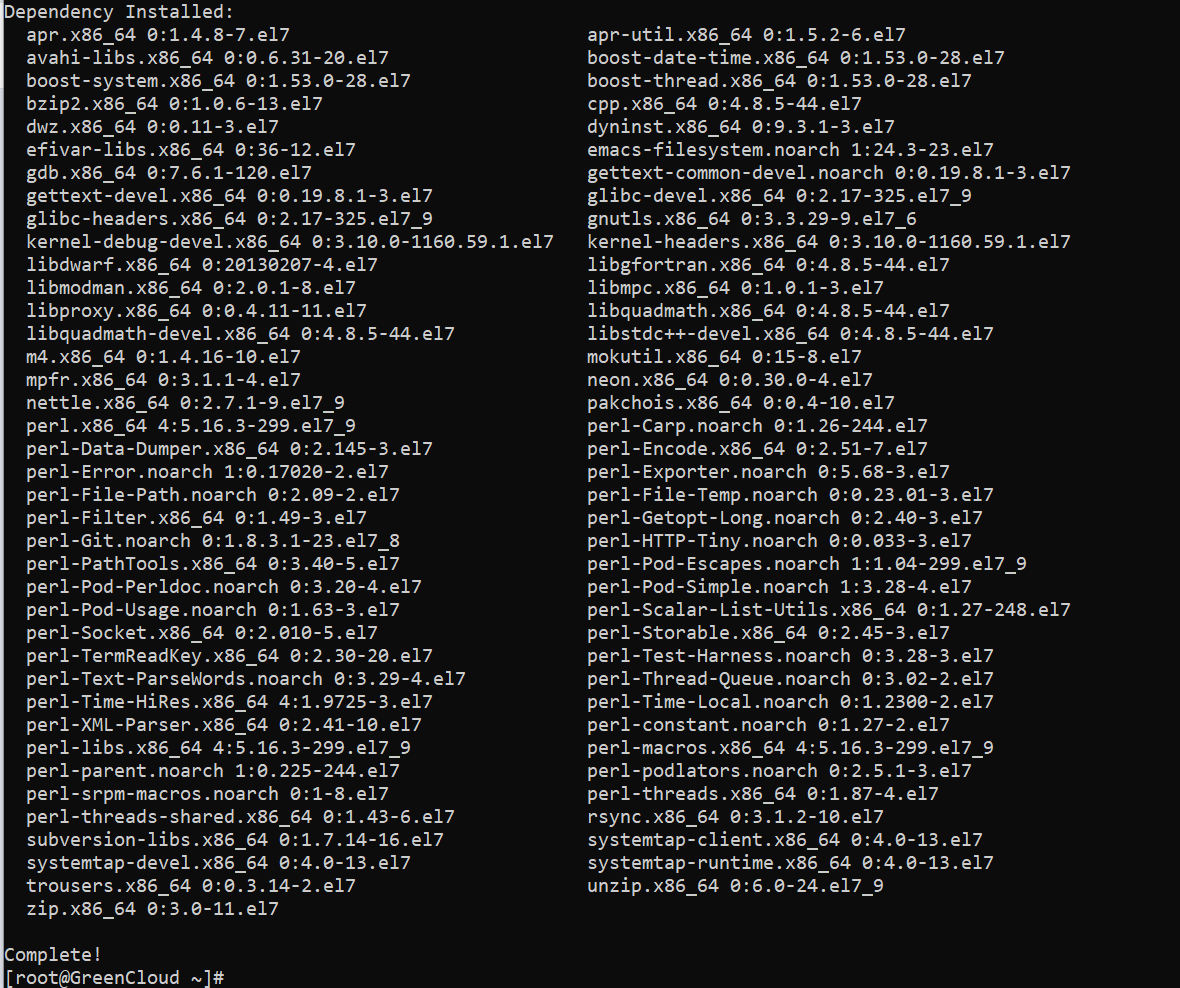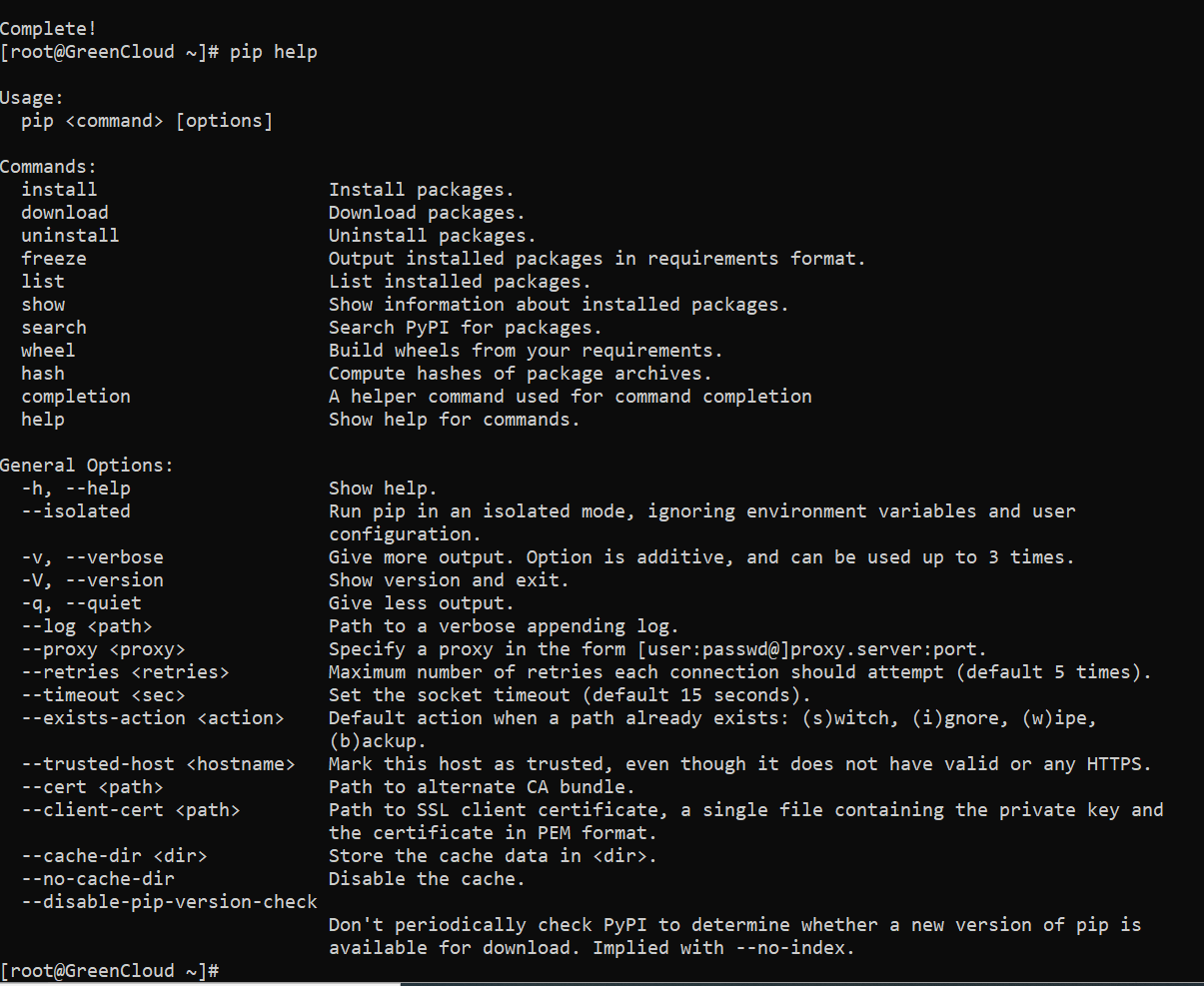How to instructions for installing PIP on Centos 9 stream
I. Introduction
What is PIP?
PIP is a package management system that simplifies the installation and management of software packages written in Python, such as those found in the Python Package Index ( PyPI ).). PIP is not installed by default on CentOS 7, but the installation is pretty straightforward.
In this tutorial, We will walk you through the steps required to install PIP on CentOS 7 using the package manager and cover some basics on how to install and manage Python packages using PIP.
When installing python modules, you should give preference to installing the python modules provided by your distribution yum as they are tested to work properly on CentOS 7. In most cases, you should just use PIP in a virtual environment. Python Virtual Environmentsallows you to install Python modules in an isolated location for a specific project, rather than being installed system-wide. This way you don’t have to worry about affecting other Python projects.
So, specifically, how to install and use it, please continue to see part II.
II. Installation Instructions
To install PIP on Centos 9 you can install it with the following 2 steps.
Step 1: SSH into your VPS
First you need to SSH into your VPS with Root privileges
Step 2: Install PIP and use PIP
sudo dnf install python-pip
Step 3. If you need a specific version, for instance version 3, specify that in the same command.
sudo dnf install python3-pip
Step 4. Verify the installation.
pip3 -VSo my VPS has installed PIP 8.1.2 and Python 2.7
4. Install development tools
Development tools are required to build Python Modules, you can install them as follows.
yum install python-devel yum groupinstall 'development tools'

5. Manage Python Packages with PIP
First, to be able to see some instructions on how to use PIP, you can use the command
pip help

Next, we’ll go over a few useful basic PIP commands. With PIP we can install packages from PyPI, version control, local projects and from distribution files. Normally you would install packages from PyPI.
Install the package.
If the old version of pip does not work, you can Update it with the command:
pip install --upgrade pip==20.3
Suppose we want to install a package named twisted, we can do that with the following statement.
pip install twisted
twist is an asynchronous networking framework written in Python.
Uninstall the package
To uninstall a run package then you can use the following corresponding command.
pip uninstall twisted
Upgrade package
To upgrade the package, then you can use the following corresponding command.
pip install --upgrade
Package Search
To search for packages from PyPI you can use the following corresponding command.
pip search "twisted"
List installed packages
To list installed packages then you can use the following corresponding command.
pip list
List outdated and obsolete packages.
To list outdated packages, you can use the following corresponding command.
pip list --outdated
So you can grasp the basic commands to manage Python with PIP already.
III. Summary
Thus, in this article, We has shown you how to install PIP on a server using Centos 7 complete with just a few simple command lines. Installing PIP will help you easily manage Python and bring efficiency in the operation and use of your VPS . Hope this article will help you to install successfully.!


